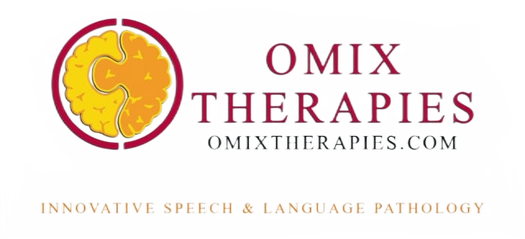Terms And Terminology
What Is Speech-Language Pathology/Therapy?
Pathology means “treating of disease,” from the root word “Pathos” meaning “suffering” and “Logia” meaning “study.” Hence, speech pathology is the study of any deviations from a healthy, normal, or efficient (speech) condition.
Speech-language pathology is the treatment of individuals with congenital or acquired speech and/or language disorders. A speech disorder indicates an actual problem in the production of sounds, whereas a language disorder refers to difficulty understanding or putting together of words to communicate ideas.
Who Is A Speech-Language Pathologist?
Speech-language pathologists (SLPs) are professionals who have studied the normal patterns of human communication, its development, and its disorders.
They are licensed professionals with a least a master’s degree (either master’s of arts or master’s of science) and are certified in clinical competency from American Speech-Hearing-Association (ASHA). Areas of expertise and treatment include speech/articulation, fluency, oral-motor, voice, tongue thrust, reading/writing, receptive/expressive language, social skills, apraixa, cognitive, aphasia, cognitive, aphasia, dysarthria, and dysphagia.
What Does A Speech-Language Pathologist Treat?
Speech Disorders
• Articulation: sound production.
• Phonology: speech patterns.
• Apraxia of speech: difficulty planning and coordinating the movements needed to make speech sounds.
• Fluency: stuttering.
• Voice: problems with the way the voice sounds.
Language Disorders
• Receptive language: difficulty understanding spoken language.
• Expressive language: difficulty using language/grammar.
• Pragmatic language: social communication; the way we speak to each other.
Other Disorders
• Deafness/hearing loss: loss of hearing (therapy includes developing lip-rounding, speech, and/or alternative communication systems).
• Oral-Motor disorders: weak tongue and/or lip muscles.
• Swallowing/feeding disorders: difficulty chewing and/or swallowing.
Headquarters
8501 Wilshire Blvd. #336
Beverly Hills, CA 90211
Call Us
info@omixtherapies.com
Hours
Mon-Fri
9:00am – 6:00pm
